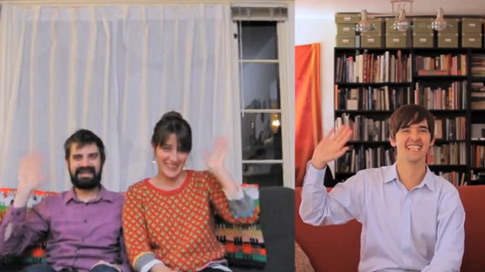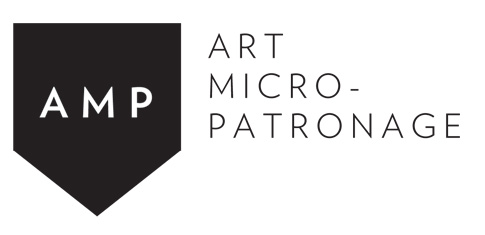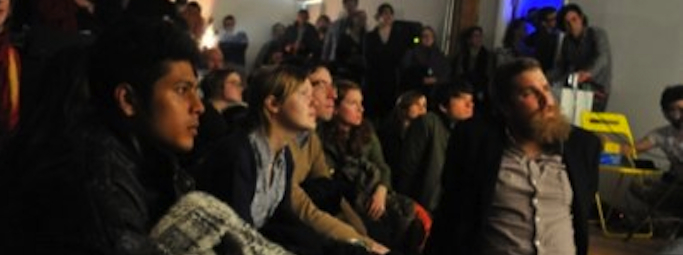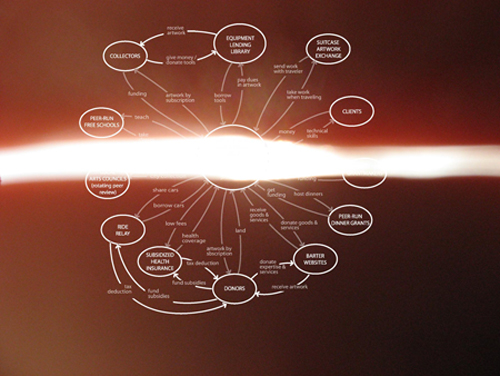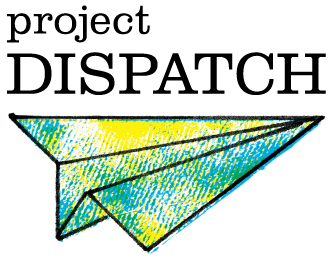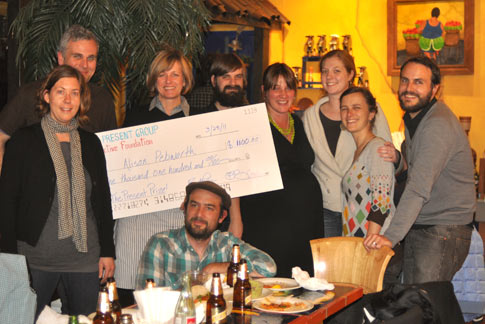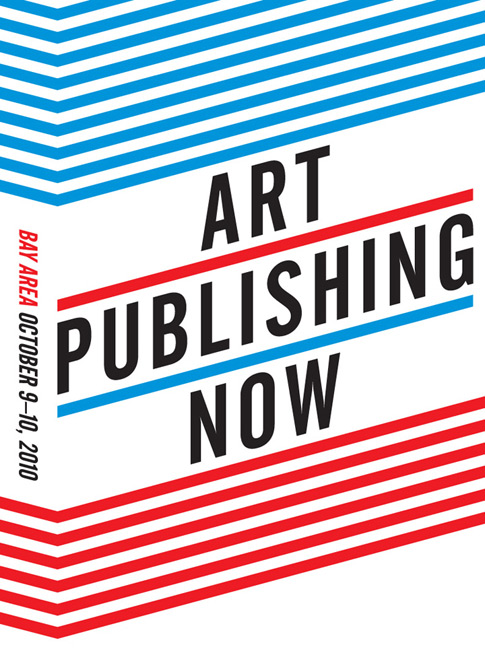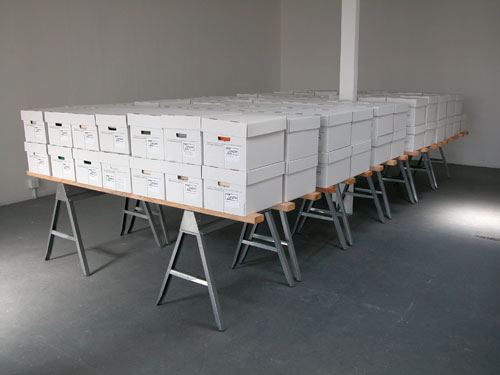A partial history of how artists, cultural producers, and content providers have experimented with funding and support models during the Internet Age.
Art Micro Patronage art world arts funding blog internet new models we make stuff
As a result of the reaction and conversation that happened as a result of Art Micro Patronage, Oliver and I had been talking a lot about how the struggle of the net artist to get paid for their work is not unique. The internet and the development of technology in general has generated a whole new class of cultural producer, yet very few people have figured out how they can possibly make money off of the work they produce. From giant newspapers to the casual instagrammer, no one seems to have a solid plan to make it work.
This idea was a good fit for Nora O Murchú as she was putting together a publication for Run computer, Run, part of the GLITCH Festival at Rua Red in Ireland: exhibitions, a symposium, and a publication that focus on the current economic, political and cultural factors that are shaping the Internet. The festival will discussed and explored how the practice of the digital artist is transitioning, not only with the growth of digital technologies, but are increasingly being informed by offline factors that are affecting how the Internet as a creative platform is being developed. So Nora asked me to gather some of my thoughts together along these lines and contribute something for the publication.
In the process of trying to write about and chronicle these changes, I decided that the best thing to do was to create a timeline in order to look at these pieces of information in context during the past ~15-20 years as the internet progressively became integrated into our daily lives.
In this timeline, I’ve tracked lists of how :
- Net Artists have Tried to Make Money
- Alternative Funding Models in the Arts
- Technology Advancements have Facilitated Giving
- The Media has Experimented with Paywalls

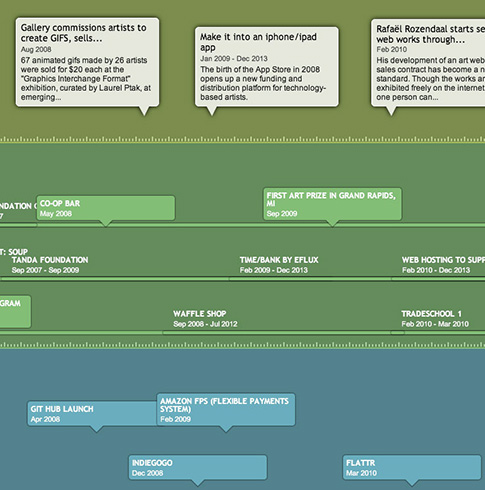
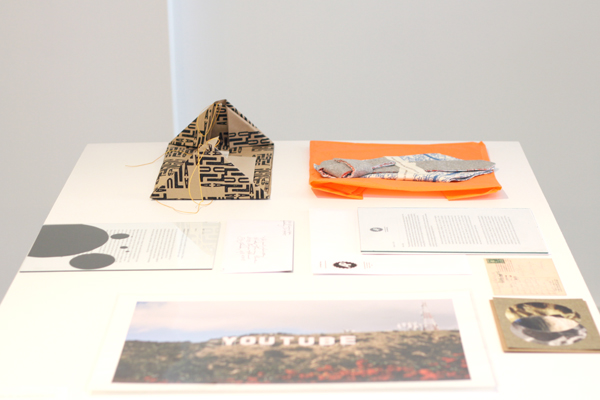
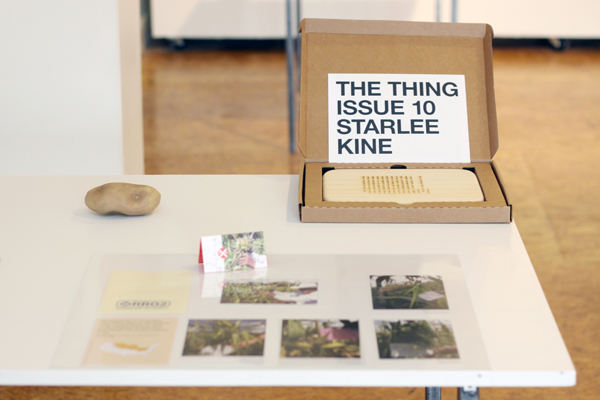 Photo: Luminary Center for the Arts
Photo: Luminary Center for the Arts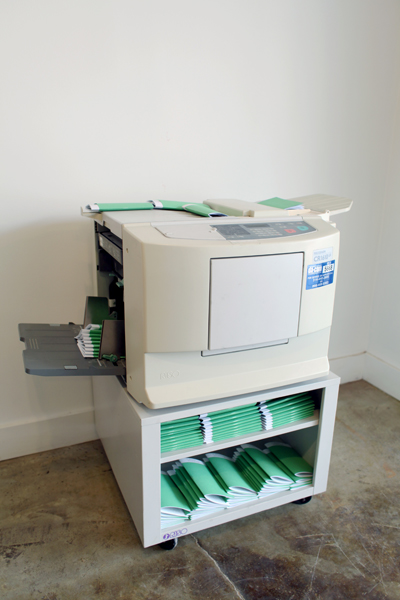

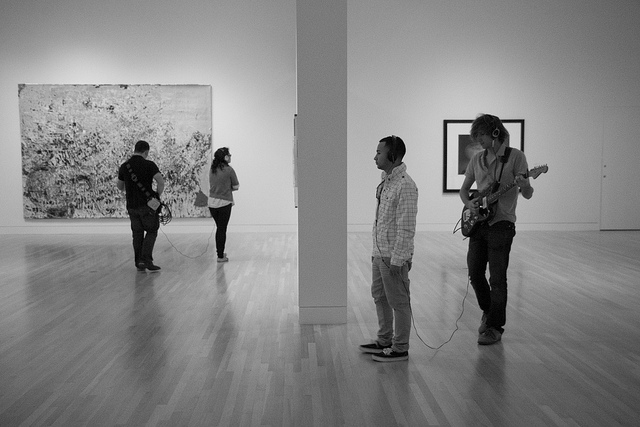 Live Museum Soundtrack,
Live Museum Soundtrack, 
